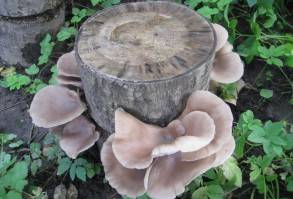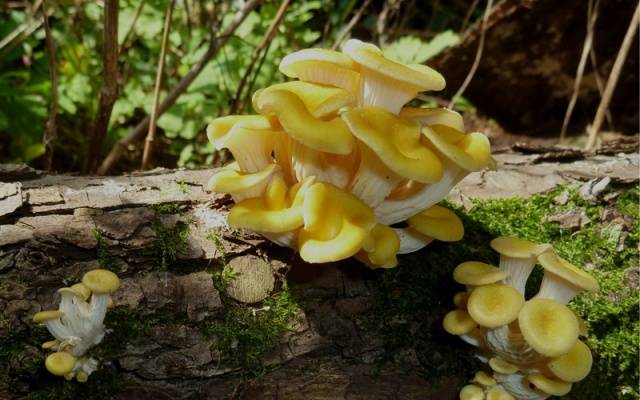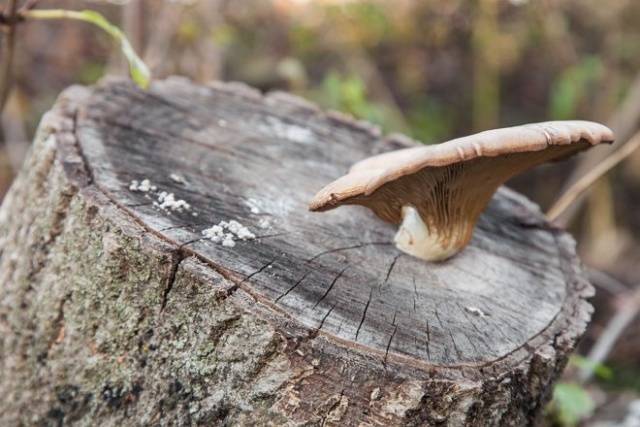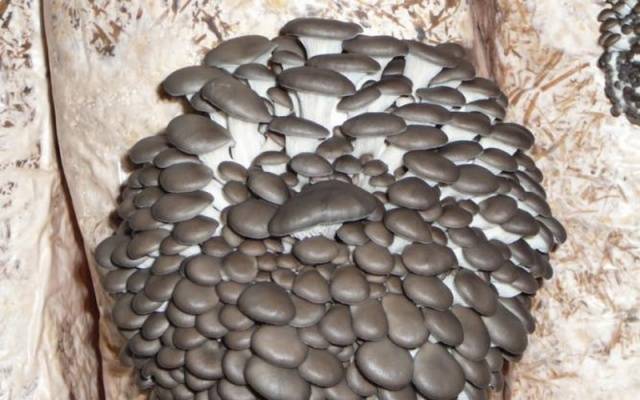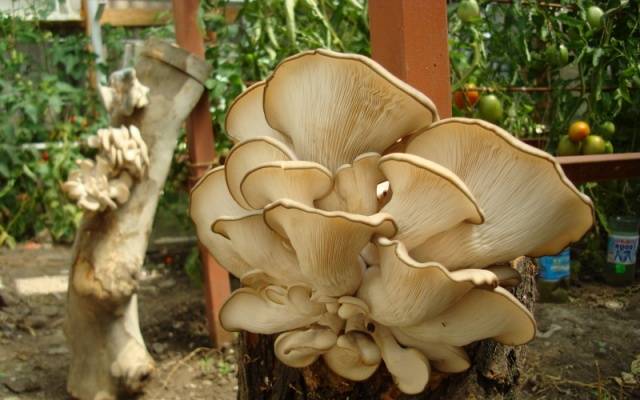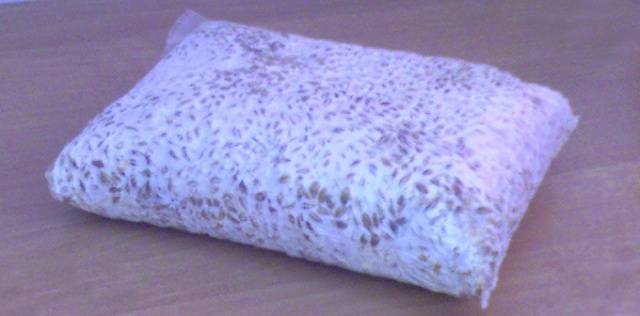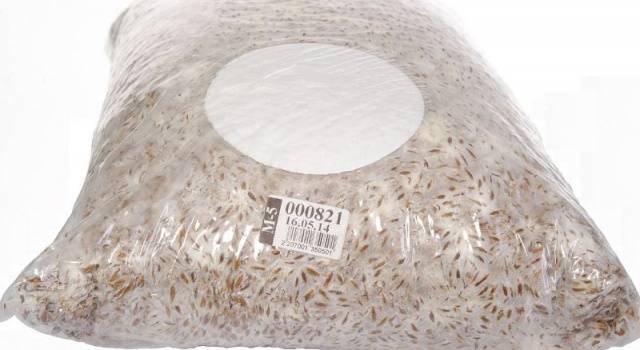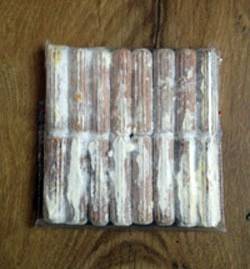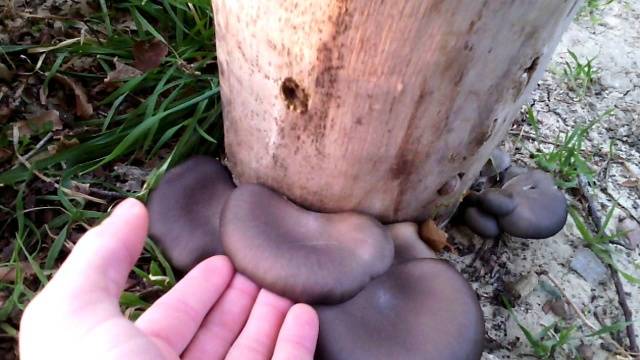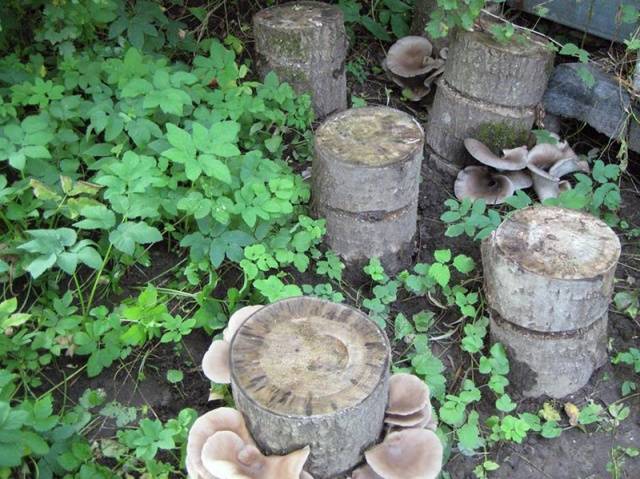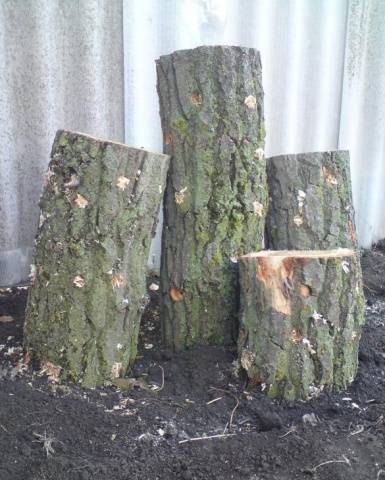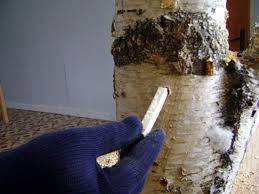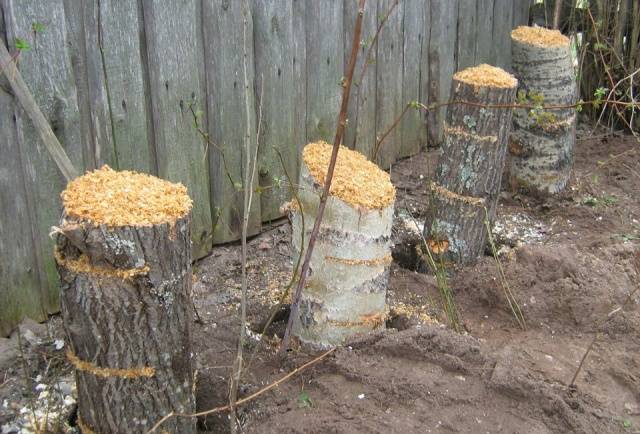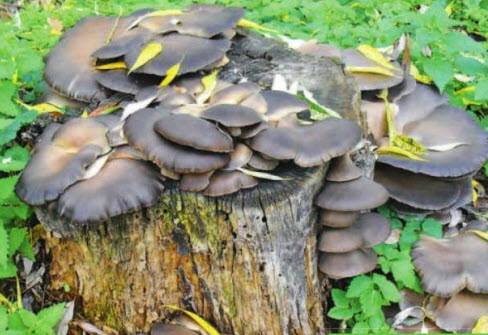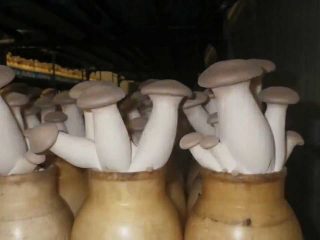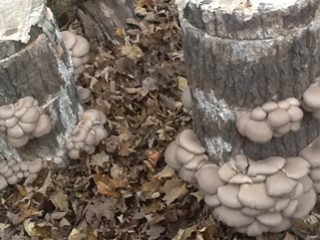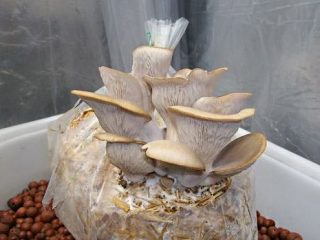Content
In summer and autumn, avid mushroom pickers have a hot time. The forest beckons with a scattering of mushrooms. Boletus, boletus, boletus, boletus, milk mushrooms and mushrooms just ask for a basket. A great success for a mushroom picker is to find a family of oyster mushrooms - mushrooms that are very useful for humans. You can't leave the forest with an empty basket. But you don't have to go to the forest for these mushrooms. It is very easy to grow oyster mushrooms in the country.
Description of oyster mushrooms
This lamellar fungus belongs to the pleurotic or oyster mushroom family, which is very numerous - about 100 species. All of these mushrooms, with rare exceptions, grow on dead or dying wood, as they feed on cellulose. Oyster mushrooms can often be found on tree stumps. Mushrooms belong to saprophytes, they do not need symbiosis with tree roots.
The cap of oyster mushrooms resembles an ear in shape, in adult mushrooms it can reach a diameter of up to 30 cm. The leg is short, sometimes it does not exist at all - the mushroom is attached to the tree directly with the cap. The color of the plates and pulp is white. Mushroom caps are colored differently. In oyster oyster mushrooms they are dark brown, in late oyster mushrooms they are lighter and very light in pulmonary. There are very elegant oyster mushrooms with lemon yellow, hot pink and orange caps. The photo shows an oyster mushroom growing wild in the Far East.
Not all types of these mushrooms are suitable for home or industrial cultivation.
A little about the history of mushroom growing
They have been trying to grow mushrooms artificially for more than one century. First experiments on growing oyster mushrooms belong to the 40s of the last century. They turned out to be successful. In the 60s, this mushroom began to be grown industrially. Oyster mushroom production is growing every year. Now in Russia, a considerable harvest of artificially grown oyster mushrooms is harvested - 3.8 thousand tons.
Everyone can grow oyster mushroom at home. You can do this at your summer cottage. Oyster mushrooms in the country can be grown on stumps or on an artificial substrate.
What you need to grow oyster mushrooms in the country
This requires very little:
- healthy hardwood;
- mushroom mycelium.
What oyster mushrooms can be bred at their summer cottage
Originally grown in nature, common oyster mushroom or oyster. Thanks to the efforts of scientists, special hybrids of these mushrooms have been bred, which are distinguished by higher yields. They are better suited for growing in artificial conditions.
These mushrooms grow well both on artificial substrates and on stumps.
If you are going to grow mushrooms in small quantities, it is better to buy ready-made mycelium. When setting up a large plantation, it is more economical to grow it yourself. Unfortunately, manufacturers do not always sell quality mushroom mycelium. Therefore, there is a risk of wasting money and labor and ultimately being left without a crop.
What should be a quality mycelium
The color of the mycelium should be white or light cream. The only exceptions are oyster mushrooms with bright hats. Their mycelium may be of a different color. The contents of the package must be free of non-overgrown spots.They say that the mycelium is weak. It is clear that such a mycelium will not yield a good harvest.
They indicate infection with mold. The harvest of mushrooms from such a mycelium cannot be obtained, and the sown wood material will become unusable.
Often bags with mycelium are equipped with a special gas exchange filter, which not only improves its quality, but also allows you to control the smell of the product. It should be intensely mushroomy and by no means sour.
Recently, more and more often they sell special wood sticks, overgrown with mycelium. There are also criteria for checking their quality. The sticks in the bag should be a single whole due to the white filaments of the mycelium, completely entangling them. The color of the mycelium is white, without green or gray inclusions. The smell is intense mushroom.
How to grow oyster mushrooms in the country on stumps? This process is simple. Let's consider it in more detail.
Oyster mushroom growing stages
To get a good harvest when growing oyster mushrooms in the country, already in the year of planting, you need to plant mycelium on time.
Landing dates
All mushroom cultivation operations should be carried out in April or May, in extreme cases, at the beginning of June. During the summer, the mycelium will have time to take root and grow well.
Seat selection
Any piece of free space in the garden is suitable for setting up a mushroom plantation. But he must meet certain conditions. For cultivation, you need to choose a shaded place. Without access to direct sunlight, moisture in the wood is retained much better. This will not only increase the yield of the plantation, but also reduce labor costs - it will be possible to water the wood less often. With an excess of carbon dioxide, mushrooms will grow poorly. Therefore, mushrooms should not be grown next to overheated manure or compost heaps - there is always an increased concentration of carbon dioxide. The place where mushrooms will grow should be well ventilated.
Wood preparation
If your property has tree stumps from recently felled hardwoods, you're in luck. Mushrooms grow very well on such stumps. If they are not there, you will have to take care of the right wood. The diameter of the log should not be less than 18 cm and not more than 40. The wood should be fresh enough. Cut down trees for a long time will not work. The logs should be cut into pieces about 40 cm long.
The side surface of each prepared block must be covered with holes into which the planting material of the mushrooms will be placed. They are made up to 10 cm deep, and up to 1.5 cm in diameter. They are located at a distance of 12 to 15 cm from each other.
Prepared cuttings of logs must be soaked. Soft well water or rainwater is suitable for this. Soaking time 2-3 days.
Installing chumps and planting mycelium
At the chosen place, we dig holes about 20 cm deep. Their diameter should be slightly larger than the diameter of the logs to be dug in. The distance between the blocks should be at least a third of a meter. We put a layer of moistened material in the hole. Sawdust, straw, shavings are best suited. It should not be thick, 1.5 cm is enough. Pour a layer of mushroom mycelium. Its thickness is 1 cm. We place blocks of wood on it.
The drilled holes also need to be filled with mycelium or wood sticks with mycelium should be inserted there.
After placing the mycelium in it, be sure to close each hole with raw sawdust or seal it with wax. This is necessary so that moisture does not evaporate from them.We also close the top cut of the wood.
We add soil and compact it. We cover each block separately or all together with a clean perforated plastic wrap. It must be pressed well so as not to be blown away by the wind. You can remove it after 3 weeks.
In conditions of constant humidity, the mycelium will take root faster, and the harvest of mushrooms can be harvested earlier.
Plantation care
It is necessary to ensure that the ground next to the blockhouses is wet. Watering if necessary. If the weather is dry, watering is necessary up to 3 times a week.
When to wait for the harvest
If everything is done correctly, mushrooms can be harvested in the first year, starting in September. Plantings bear fruit for 3-4 years. Mushrooms appear in waves.
Conclusion
Mushroom growing is an exciting activity and a tangible help to the family budget. If you decide to grow mushrooms in your summer cottage, it is better to start with oyster mushrooms. An uncomplicated technology that requires a minimum of material costs, and a guaranteed result, subject to all the rules of planting and care, will allow you to enjoy delicious and healthy dishes from mushrooms grown with your own hands.
